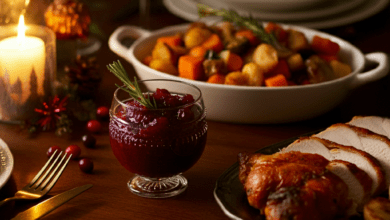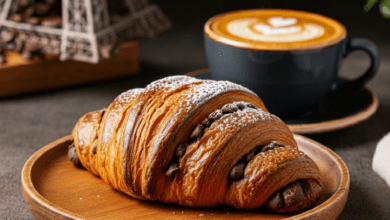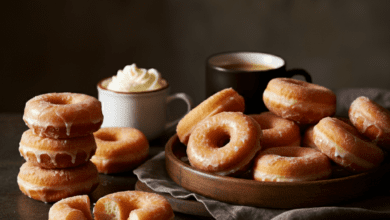Easy Quesillo (Venezuelan Flan) Recipe
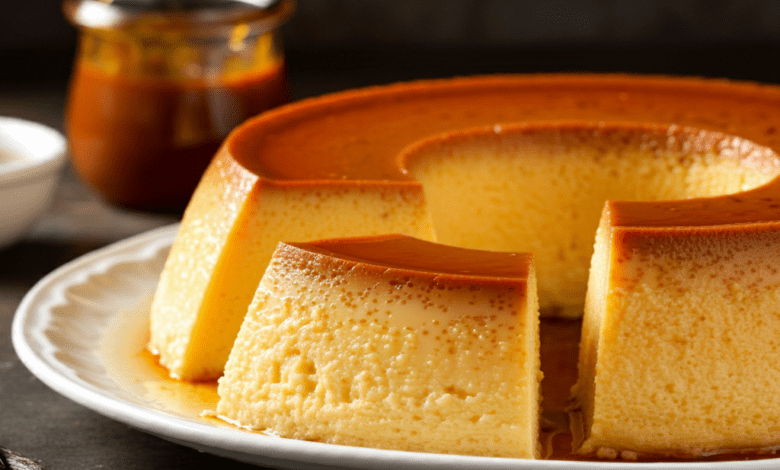
Quesillo, known as Venezuela’s take on flan, is a cherished dessert with a creamy texture and sweet caramel flavor. While similar to traditional flan, quesillo has a unique twist that sets it apart: the use of whole eggs. This recipe creates a custard that is light, slightly airy, and often spotted with tiny holes throughout, resembling Swiss cheese. Hence, the name “quesillo” – which translates to “little cheese.” The dessert is loved across Venezuela, often served at family gatherings, birthdays, and special celebrations.
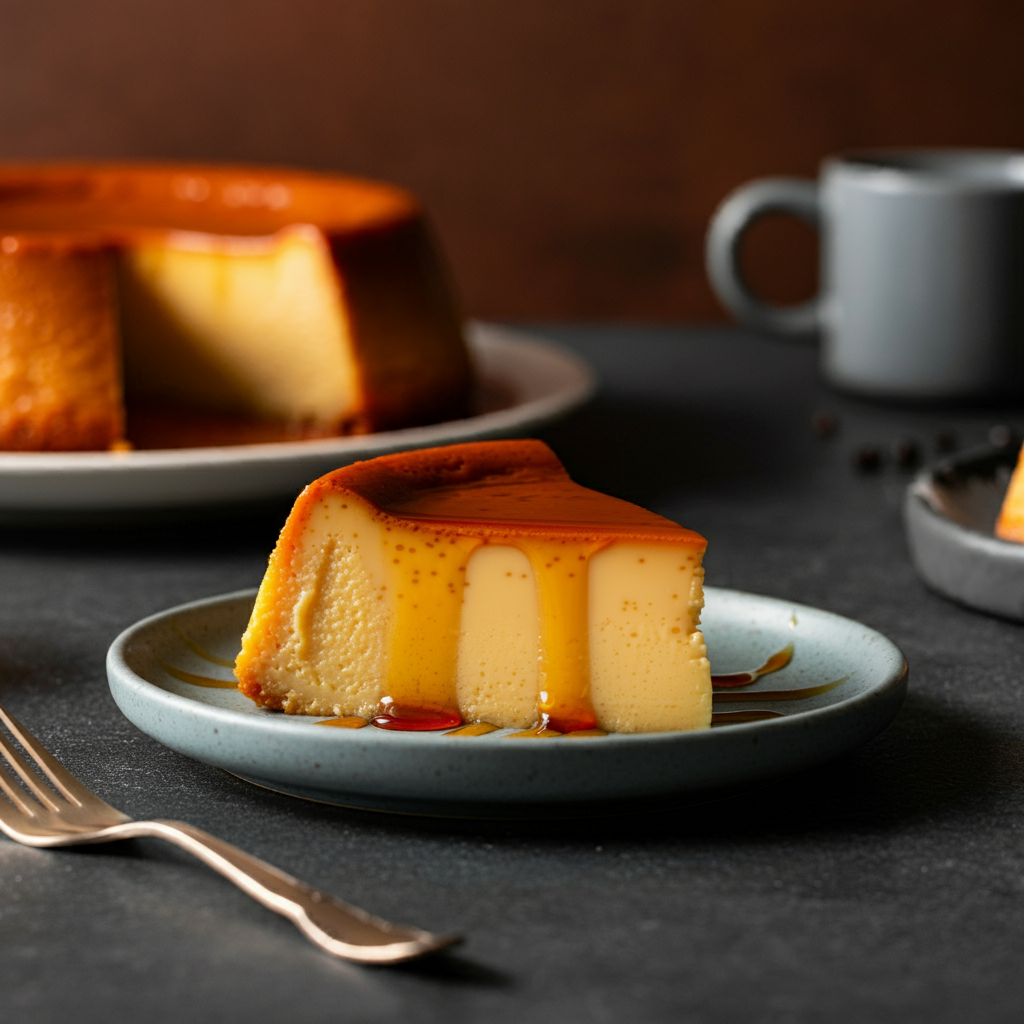
Table of Contents
In this guide, we’ll explore not only the authentic recipe but also tips, cultural background, and frequently asked questions to help you master the art of making quesillo.
Ingredients for Authentic Quesillo
To make quesillo the traditional way, here’s what you’ll need:
For the Caramel:
- 1 cup granulated sugar – Caramel adds a bittersweet layer to quesillo, balancing the sweetness.
- ¼ cup water – Helps dissolve sugar and control caramel consistency.
For the Custard:
- 1 can (14 oz) sweetened condensed milk – Adds creaminess and sweetness.
- 1 can (14 oz) whole milk – Balances the condensed milk; use the empty condensed milk can to measure.
- 5 large eggs – Essential for the signature airy texture.
- 1 teaspoon vanilla extract – Enhances the flavor.
- Optional: A pinch of salt – Brings out the flavors without overpowering.
Step-By-Step Instructions
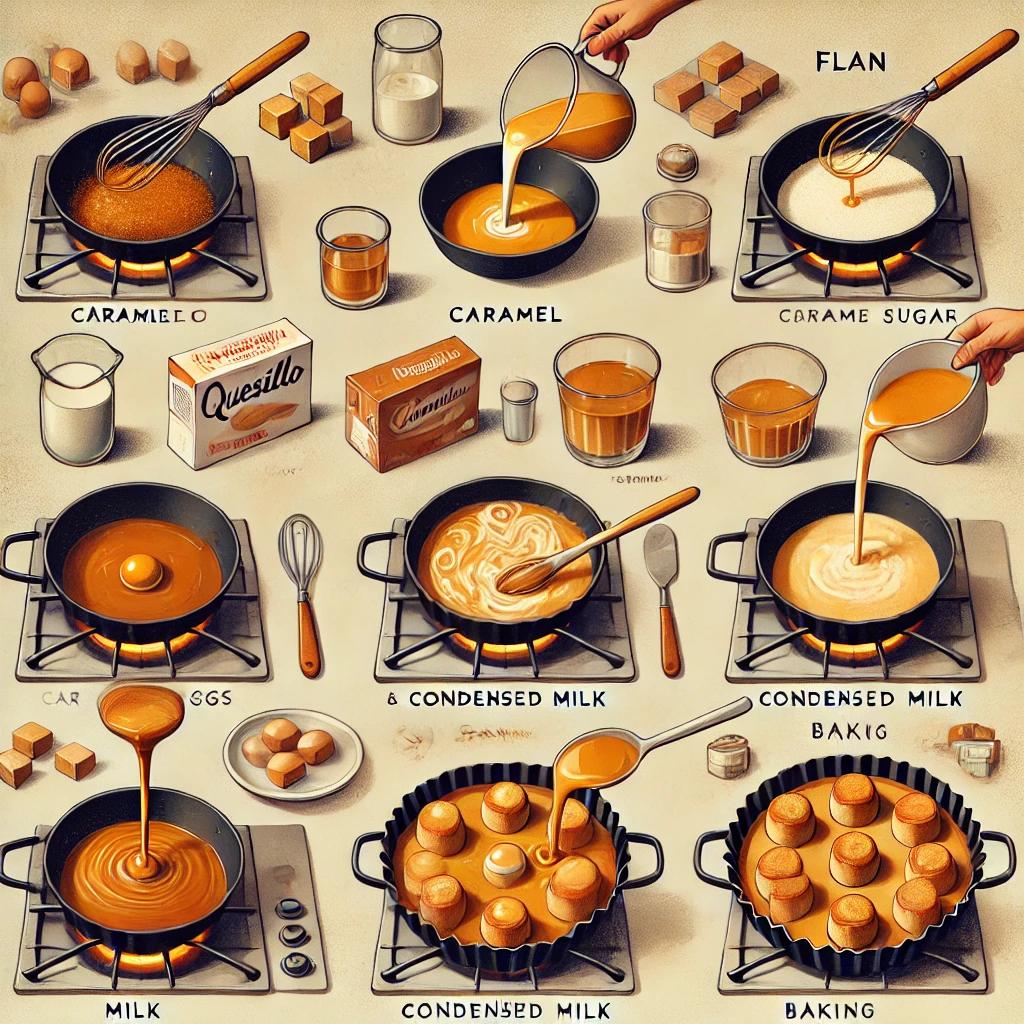
Step 1: Caramelize the Sugar
- Heat Sugar and Water: In a saucepan, combine the sugar and water over medium heat. Stir until the sugar dissolves, then stop stirring. Allow the mixture to simmer undisturbed.
- Watch for Color Change: As the sugar cooks, it will change from clear to light amber and then to a rich golden brown. Be attentive, as caramel can burn quickly.
- Pour into Mold: Once the caramel reaches a deep amber color, carefully pour it into a 9-inch flan mold or quesillera (a traditional Venezuelan quesillo mold). Swirl the mold to coat the bottom with caramel. It will harden as it cools.
Tip: Make sure to pour the caramel quickly, as it hardens within seconds of being removed from heat. This caramel layer will melt during baking and flow over the flan when inverted, adding the signature quesillo presentation.
Step 2: Prepare the Custard
- Whisk the Eggs: In a large bowl, crack the eggs and whisk them well. For the authentic quesillo texture, it’s best to whisk manually. Incorporate a bit of air, but avoid over-beating, which can create too many bubbles.
- Add Condensed Milk and Whole Milk: Pour in the sweetened condensed milk, using the empty can as a measure for the whole milk. Stir gently to combine.
- Add Vanilla and Salt: Mix in the vanilla extract and a small pinch of salt, if using. The salt balances the sweetness and enhances the custard flavor.
Note: The whole eggs in quesillo create its unique texture, different from the smooth, dense flan found in other countries. This texture, full of tiny bubbles, is what gives quesillo its cheese-like look.
Step 3: Assemble and Bake
- Pour Custard into the Mold: Carefully pour the custard mixture over the hardened caramel in the flan mold.
- Create a Bain-Marie: Place the mold inside a larger baking pan. Fill the outer pan with hot water until it reaches halfway up the sides of the quesillo mold. This water bath ensures slow, even cooking and prevents the custard from curdling.
- Cover with Foil: Cover the quesillo mold with aluminum foil to prevent the top from browning too much.
- Bake: Preheat your oven to 350°F (175°C) and bake the quesillo for 60-75 minutes. To test for doneness, insert a toothpick or knife into the center; it should come out clean.
Tip: Cooking times can vary depending on the oven and the size of your mold. It’s normal for quesillo to have a slightly jiggly center when you first remove it from the oven – it will firm up as it cools.
Step 4: Cool and Unmold
- Cool Completely: Allow the quesillo to cool to room temperature before refrigerating. For the best results, chill it for at least 4 hours, or overnight.
- Invert the Flan: To unmold, run a thin knife around the edges of the flan. Place a plate over the mold and quickly flip it upside down. The caramel will flow over the quesillo, creating a gorgeous caramel sauce.
The History and Cultural Significance of Quesillo
Quesillo is more than just a dessert in Venezuela; it’s a symbol of family, tradition, and celebration. This dessert is deeply rooted in Venezuelan culture and is believed to have been adapted from Spanish flan recipes brought over by Spanish settlers. However, unlike Spanish flan, quesillo is intentionally made with whole eggs, creating its distinctive, airy texture. Over time, quesillo has become a beloved treat for Venezuelans and is a staple at holiday gatherings, weddings, and festive occasions.
Tips for Perfect Quesillo
- Use Whole Eggs: This is what gives quesillo its signature texture, unlike traditional flans that often use only egg yolks.
- Prevent Overmixing: While you want to incorporate air, avoid too much frothing, which can create larger bubbles and a spongier texture.
- Care with Caramel: Caramel can go from perfect to burnt quickly. If you’re new to caramel, watch it closely as it darkens.
- Bain-Marie for Even Cooking: The water bath is crucial to getting the creamy, delicate texture of quesillo. It helps prevent the eggs from cooking too quickly and curdling.
Variations on Traditional Quesillo
- Coconut Quesillo: Replace half the whole milk with coconut milk for a tropical twist.
- Coffee-Infused Quesillo: Add a tablespoon of instant coffee to the custard mixture for a coffee-flavored quesillo.
- Chocolate Quesillo: Melt some dark chocolate and mix it into the custard for a rich chocolate flavor.
Frequently Asked Questions (FAQ)
1. Why is my quesillo full of large air pockets?
- Over-beating the eggs can create too many bubbles, leading to larger pockets in the quesillo. Try whisking gently and avoid using an electric mixer.
2. What’s the purpose of the water bath in baking quesillo?
- The water bath, or bain-marie, helps regulate the temperature around the custard, ensuring gentle, even cooking. This prevents the custard from curdling or cracking.
3. Can I use evaporated milk instead of whole milk?
- Yes, evaporated milk can be used for a slightly richer flavor. However, whole milk is traditionally used in quesillo for its balance of creaminess and texture.
4. Is it possible to make quesillo without caramel?
- The caramel is a key part of quesillo’s traditional flavor, adding a bittersweet note that contrasts with the sweet custard. Skipping it will alter the dessert’s taste, but it can be done if preferred.
5. Why is it called “quesillo” if there’s no cheese?
- Quesillo is named for its cheese-like appearance, with tiny air bubbles that make it resemble Swiss cheese. It’s a reference to its texture, not its ingredients.
6. Can I store quesillo for a few days?
- Yes, quesillo can be refrigerated for up to 3-4 days. The caramel may continue to soften the custard over time, but it will still be delicious.
| Serving Size | Preparation Time | Cooking Time | Total Time |
|---|---|---|---|
| 4 servings | 15 minutes | 30 minutes | 45 minutes |
Conclusion
Making authentic quesillo is a rewarding process that brings a taste of Venezuela to your kitchen. This dessert is sure to impress with its sweet caramel layer, creamy custard, and light texture. Whether you serve it at a family gathering or enjoy it as a weekend treat, quesillo is a delightful way to experience the unique flavors of Venezuelan cuisine. Enjoy each silky, caramel-infused bite, and don’t be surprised if it quickly becomes a favorite in your home!
